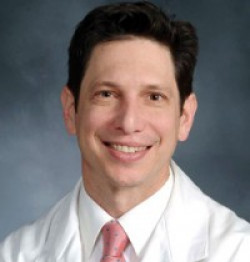Outcomes of the first three patients to be treated with an innovative new device system–now being brought into the Myka Labs product pipeline–are described in a major new publication in Pediatrics, the leading journal for reporting advances in caring for children with difficult-to-treat medical conditions.
The patients ranged in age from seven to fifteen weeks at the time of treatment and were all born with the condition known as esophageal atresia, where incomplete formation of the esophagus leaves the newborn unable to take in food orally. The lead author on the paper was pioneering pediatric surgeon Dr. Oliver Muensterer, who performed the procedures. Also included among the paper’s authors are a group of clinicians and researchers at UCSF Surgical Innovations who worked closely with Dr. Muensterer in carrying out groundbreaking research that gave rise to the development of the sophisticated new device system, known as the Connect-EATM, used by Dr. Muensterer. Dr. Muensterer is on the faculty of the von Hauner Children’s Hospital in Munich, Germany.

While babies who have undergone procedures to repair esophageal atresia often have persistent challenges taking in nutrition orally that can last for months or years after the repair is completed, all three patients treated with the Connect-EA were taking in 100% of their nutrition per orally–by mouth–at the end of the study’s 6 to 11 month follow-up period.
In addition to appearing to lead to favorable healing in the esophagus, an advantage of the Connect-EA for patients is the prospect of avoiding major surgery for esophageal atresia repair. The repair is accomplished by introducing a pair of clip-like devices directly into the pouches, instead of sewing the pouches together from the abdominal cavity, which is reached by a large incision.
